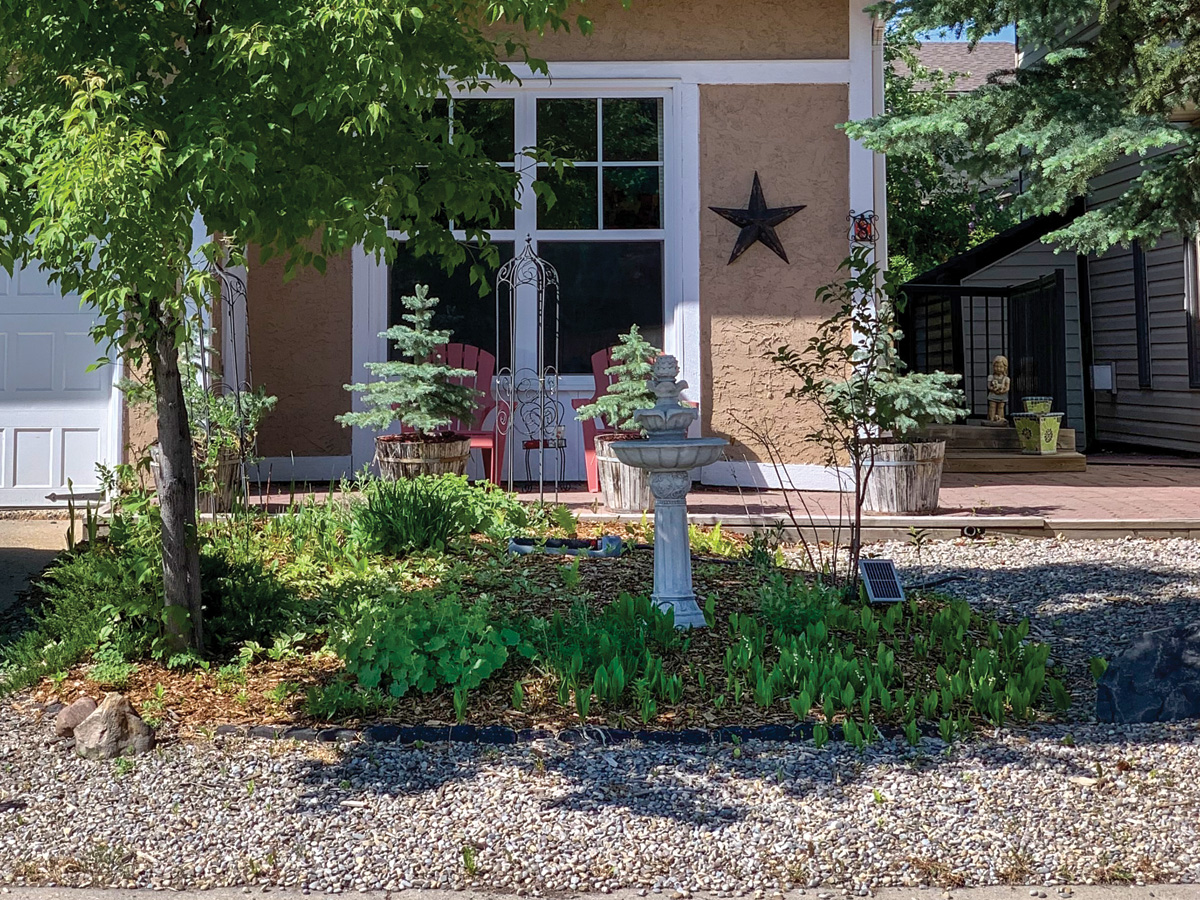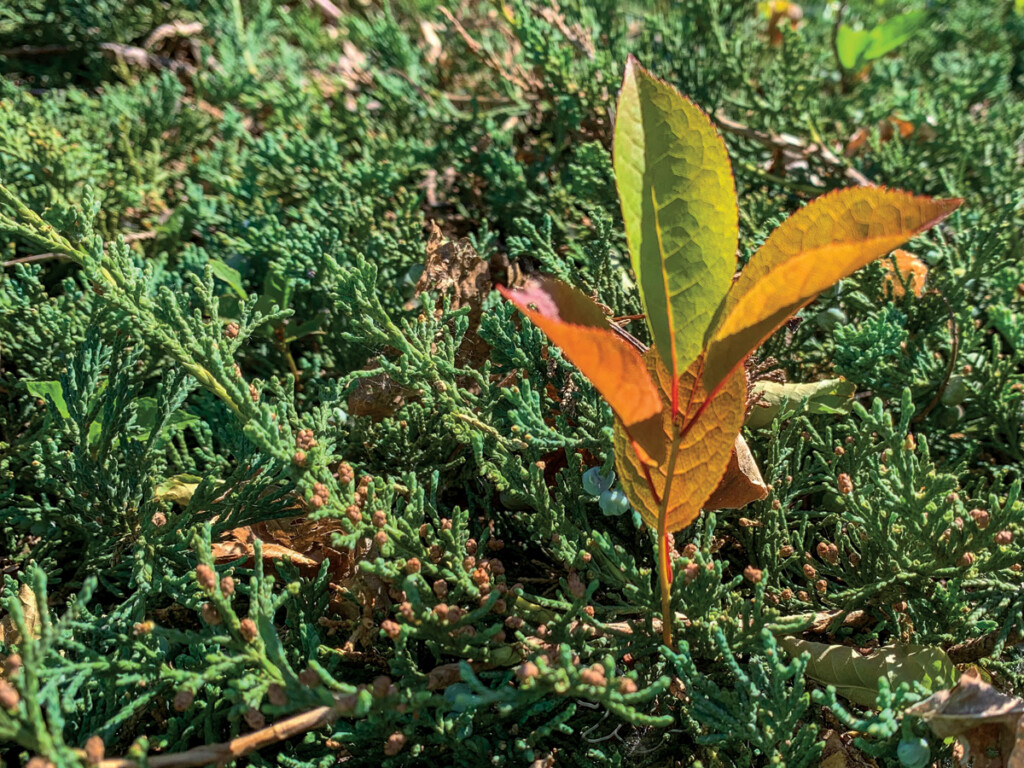Be a Good Neighbour

Photo by Deborah Maier
There’s nothing like working in the front yard garden to call the neighbours over. On their way to get the mail or while out walking the dog, they’ll come by to see what you’re doing. Gardening is an easy conversation starter. “Oh, that’s a beautiful flower, what is it?” Or, “What are you doing now, making a new garden bed?” Planting flowers, creating new in-ground garden beds, or installing pathways are viewed as beautification projects by most neighbours. Sometimes, there may be a more cautious note to their question:
“Are you removing your entire lawn?”
Particularly in neighbourhoods with homes that boast beautiful lawns, kept lush with irrigation systems, the thought of replacing the lawn with something that doesn’t need irrigation may be viewed with concern. If you’re planning this kind of major renovation, talk with your neighbours about your ideas for the project before you start. This is especially recommended if you want to convert your front lawn into a native flower meadow.
The City’s Community Standards Bylaw states that “private property owners need to ensure that grass and herbaceous plants do not exceed 15 cm in height.” The bylaw does not apply to “maintained Gardens.” To prevent a visit from a bylaw officer, your neighbours also need to view your meadow as a garden, or they may report your yard as unsightly, triggering a complaint investigation.

Sharing your vision for your lawn replacement project with your neighbours is a good way to get the project off to a great start. Be mindful of how much work the project is going to be. The area may not seem big until you start trying to remove the sod.
If you are tackling the project by smothering the grass instead of removing it, only put down the cardboard just before the soil, mulch, or aggregate delivery is expected. If you are solarizing the grass, ensure that the covering material is well pinned down and there are not any loose pieces that can flap.
Regardless of the method chosen, a lawn replacement project usually requires a lot of time and physical effort. You may want to start with a small area before tackling a larger one. Making the transformation in stages will help you and your neighbours adjust to the change.
Xeriscaping, sedum turf, and meadow lawn alternatives are low-maintenance solutions, not no-maintenance solutions. Plants you don’t want and didn’t plant will still find a way to root and grow. Many meadows need periodic mowing, at the correct time for the life cycle of the plants chosen, to maintain their health and beauty.
While dandelions have been taken off the invasive species list and no longer have a control mandate, don’t let them go to seed. You may not mind them in your yard, but your neighbours may not want them. Keeping them in control in your yard could mean that your neighbours won’t be applying a herbicide in theirs.
Other plants to watch for and control are dames rocket (Hesperis matronalis), lemon fluff, also known as bighead knapweed, (Centaurea macrocephala), and yellow clematis (Clematis tangutica). While these plants are attractive, and once sold through garden centres, they are on the invasive species list and must be controlled.
Leaving mounds of soil, heaps of drying sod, piles of frost cloth, shade cloth, or hail netting, or using “found” objects as structures for your netting or cloths can make your garden seem uncared for by those who don’t know what you are doing.
All gardeners know that projects in progress can look messy. Be a good neighbour and put anything that could blow or roll away in a tidy, secure place. At the end of the day, store tools and supplies in their proper place, put organic material in a collection container, home composter, or City green bin and put waste in the black bin.
The gardener and their family should be the only ones impatiently waiting for the garden project to be completed.

